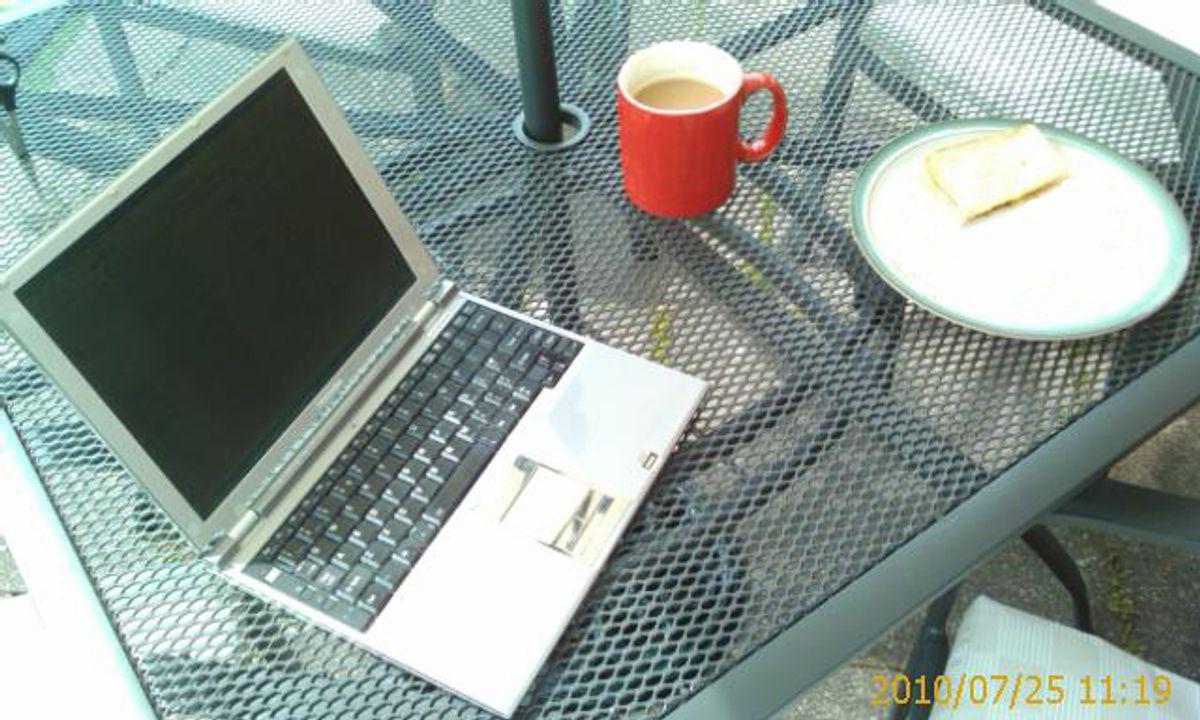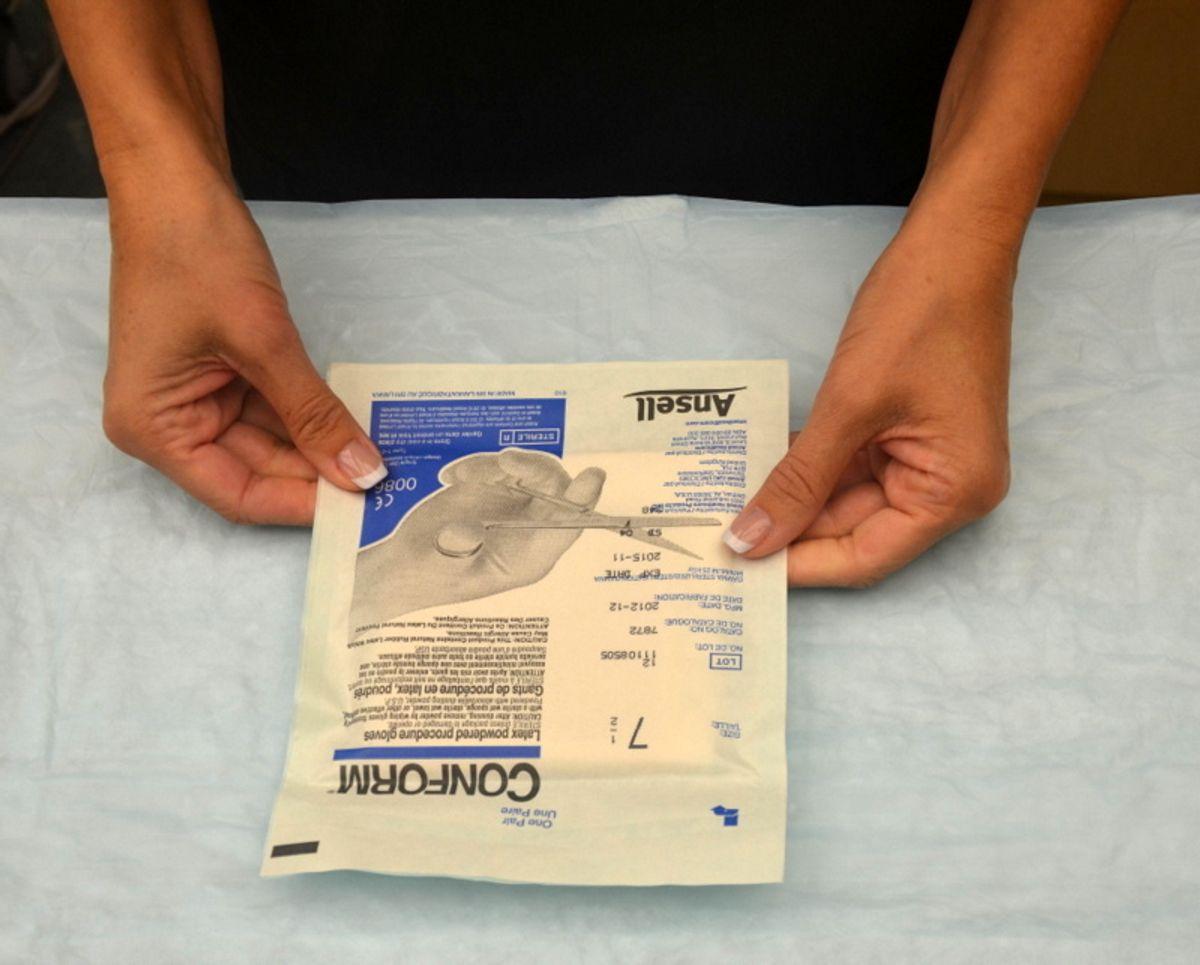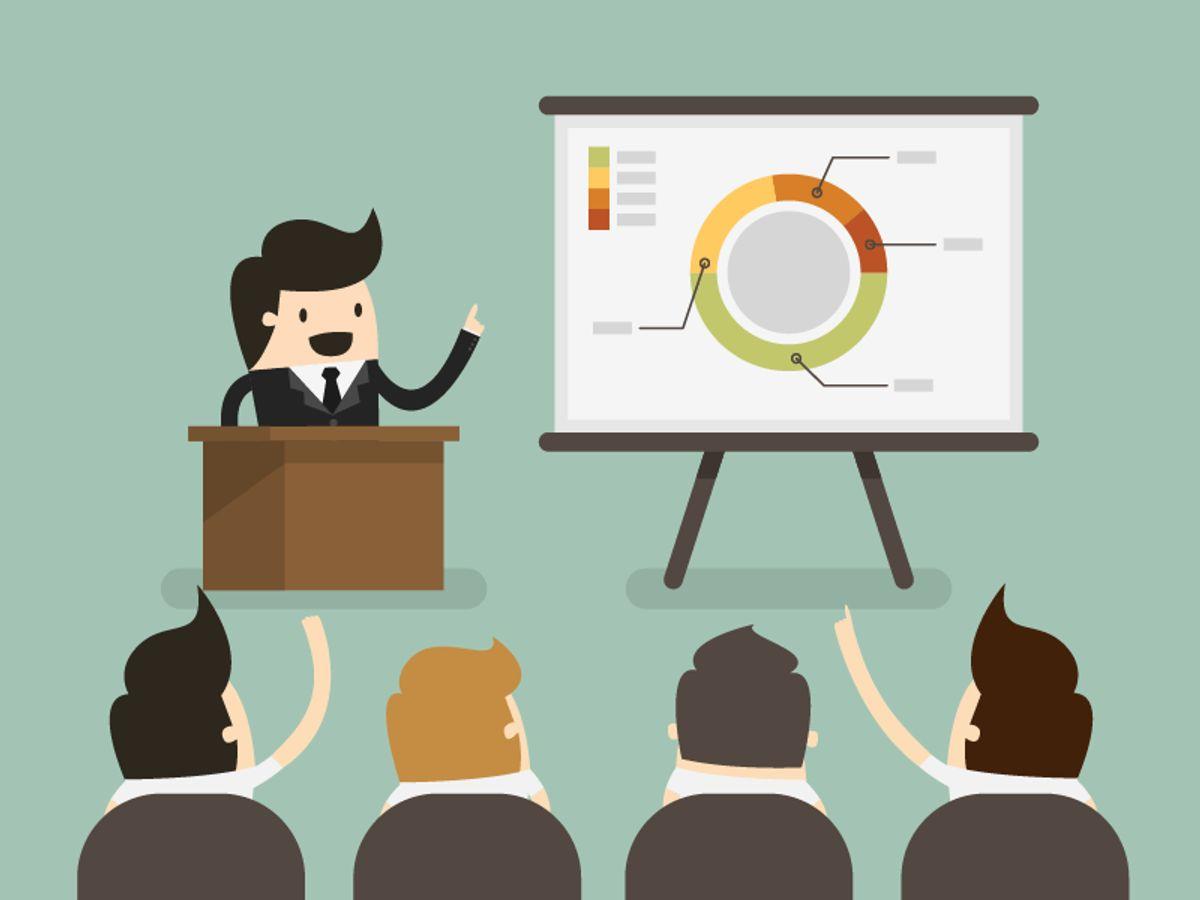Mastering the art of follow-ups after a presentation is crucial for maintaining engagement and driving action. This article delves into the best practices for crafting effective follow-up communications, optimal timing, leveraging various channels, and measuring their success to ensure your message resonates long after the initial presentation.
Key Takeaways
- Develop personalized and impactful follow-up emails that reinforce the main points of your presentation.
- Strategically time your follow-ups to maximize engagement and set clear calls to action for your audience.
- Utilize a mix of follow-up channels including email, phone calls, social media, and in-person meetings to maintain a strong connection with your audience.
Crafting Effective Follow-up Emails

Personalize Your Message
To ensure your follow-up emails resonate, tailor each message to reflect the recipient's specific interests or questions raised during the presentation. Utilize CRM tools like Salesforce or HubSpot to gather insights and personalize content effectively.
Highlight Key Points from the Presentation
Summarize critical points discussed to reinforce their importance and help the recipient recall the value of the presentation. Consider using bullet points for clarity:
- Key solution benefits
- Answers to common questions
- Next steps or calls to action
Include a Clear Call to Action
Direct the recipient on what to do next with a clear, compelling call to action (CTA). Whether it's scheduling a meeting, signing up for a webinar, or downloading a resource, make sure the CTA is visible and straightforward. Use tools like MailChimp or Constant Contact to design engaging emails with prominent CTA buttons.
Timing Your Follow-ups

Best Practices for Immediate Follow-ups
Immediately after your presentation, it's crucial to send a thank-you email to express gratitude and reinforce the connection. Include a brief recap of the presentation highlights and any additional resources that may benefit the recipient. This initial touch should be prompt, ideally within 24 hours, to keep the momentum going.
When to Send Reminders
If your initial follow-up hasn't received a response, sending a reminder is appropriate. Aim for a 48 to 72-hour window after the first email. This timing strikes a balance between being persistent and respectful of the recipient's time. Use this opportunity to reiterate the key points and perhaps include a more direct call to action.
Scheduling Follow-ups for Long-Term Engagement
For long-term engagement, schedule periodic follow-ups. These can be spaced out over weeks or months, depending on the nature of your presentation and the interest level of your audience. Use tools like Google Calendar or Microsoft Outlook to automate these reminders, ensuring you don't miss any opportunities to reconnect.
Pro Tip: Always personalize your follow-ups to reflect the recipient's interests and your prior interactions. This approach significantly increases the likelihood of a positive response.
Utilizing Different Follow-up Channels

Email vs. Phone Calls
Choosing the right follow-up channel can significantly impact the effectiveness of your communication. Emails are great for detailed updates, allowing you to attach documents and provide comprehensive information. Phone calls, however, are more personal and can help in resolving issues quickly or when seeking immediate feedback.
The Role of Social Media
Social media platforms like LinkedIn or Twitter can be powerful tools for informal follow-ups. They allow you to keep your network informed and engage with your audience in a more relaxed environment. Use these platforms to share success stories, new insights, or upcoming events related to your presentation.
In-Person Meetings as Follow-ups
For critical deals or high-stake projects, in-person meetings can be the most effective follow-up method. They provide a chance for detailed discussions and personal engagement that other channels cannot match. Schedule these meetings when the potential return justifies the investment in time and resources.
Measuring the Effectiveness of Your Follow-ups

Key Metrics to Track
To gauge the success of your follow-up efforts, focus on metrics such as open rates, response rates, and conversion rates. Utilize tools like Google Analytics and CRM software to track these metrics effectively. Monitor how these metrics change over time to understand the impact of your follow-up strategies.
Feedback and Adjustments
Gathering feedback directly from your audience can provide invaluable insights into the effectiveness of your follow-ups. Consider using surveys or direct feedback forms. Use this feedback to make necessary adjustments, ensuring your approach remains aligned with your audience's preferences and needs.
Tools for Analyzing Follow-up Success
Leverage advanced tools like HubSpot or Salesforce for comprehensive analysis of your follow-up campaigns. These platforms offer detailed reports and analytics that help you understand the nuances of your engagement strategies. By analyzing this data, you can refine your tactics to maximize follow-up success.
Conclusion
In conclusion, mastering the art of presentation follow-ups is crucial for reinforcing your message and maintaining engagement. By adhering to best practices such as timely communication, personalized feedback, and continuous engagement, you can significantly enhance the impact of your presentations. Remember, the effort you put into following up can be just as important as the presentation itself. Embrace these strategies to ensure your message not only resonates but also inspires action long after the presentation ends.
Frequently Asked Questions
How can I personalize my follow-up emails effectively?
To personalize your follow-up emails, use the recipient's name, reference specific points discussed during the presentation, and tailor your message to their interests or industry.
What is the best timing for sending follow-up emails?
Immediate follow-ups should be sent within 24 hours of the presentation. Reminders can be sent a few days later if no response is received, and long-term follow-ups can be scheduled every few months to maintain engagement.
Which follow-up channel is most effective for business communications?
The effectiveness of follow-up channels can vary depending on the audience and the context. However, email is typically the most professional and widely accepted method for business communications, followed by phone calls for more urgent or personal interactions.
